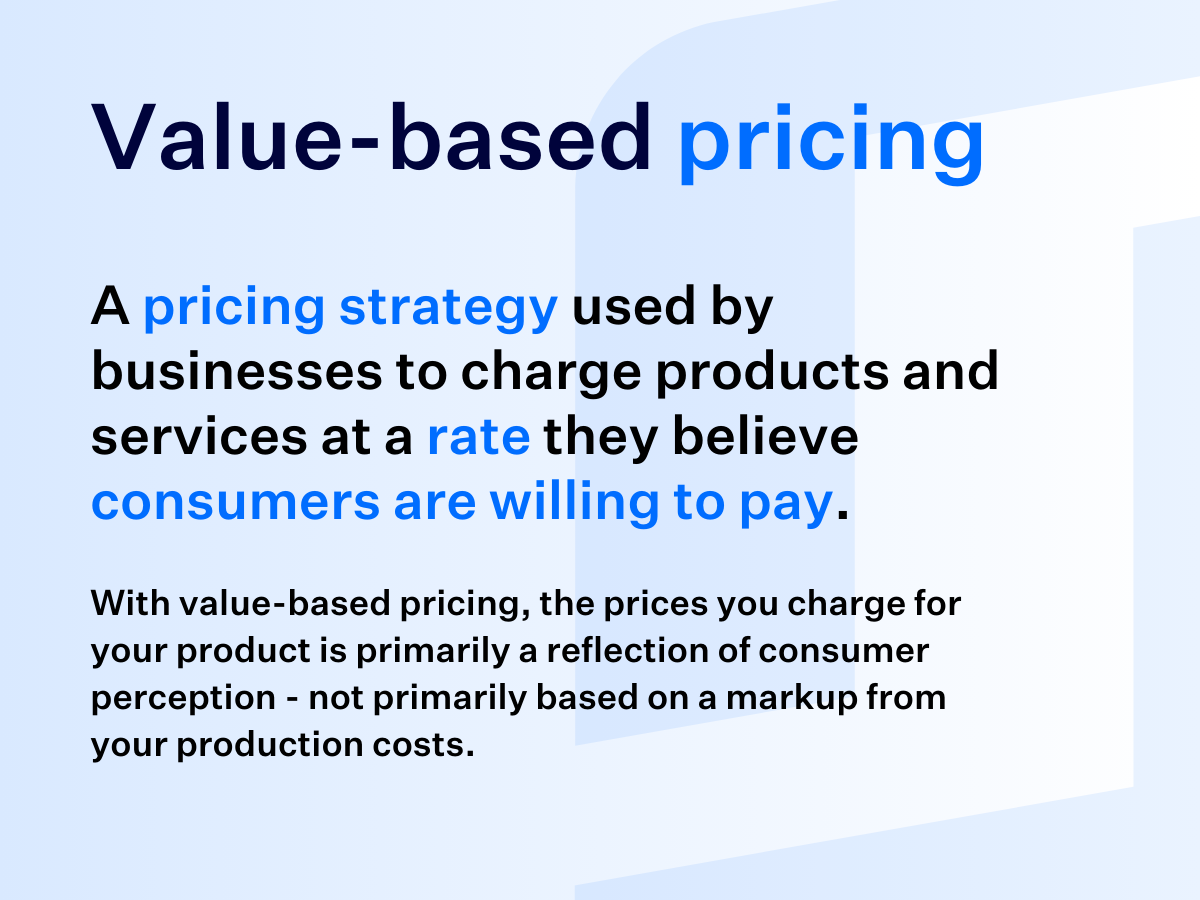What is value added pricing?
Value-added pricing, also known as value-based pricing, is a pricing strategy in which a hotel sets its prices based on what a customer believes the value of a room or service to be.
It’s different from most other strategies, in that the price isn’t based on a tangible metric like supply and demand or cost (though cost must still be considered to ensure you’re generating profit, not just revenue).
Luxury goods such as designer handbags, fine wines and Swiss watches are prime value added pricing examples. The material and labour costs to produce these goods aren’t that high, but the reputation of the brand or the region in which the item is made means that customers are willing to pay more.
But what is value based pricing in hotels specifically? Read on to find out.
Table of contents
Why should hotels implement a value added pricing strategy?
Your hotel can potentially make more money from value-added pricing than from any other strategy. When you work hard to build a great guest experience, people will be willing to pay more to experience it.
This does mean that the successful implementation of a value added pricing strategy begins by crafting a truly alluring and unique guest experience that will get people talking. But if you manage to do it, the increased demand will allow you to set your prices far higher across your distribution channels, even if your costs remain relatively low.
This can greatly improve your revenue management efforts, helping to optimise both room occupancy and the average rate paid for each room.
Enhance your pricing strategy with key insights
SiteMinder has a tool built specifically for hotels, designed to give you the real-time, actionable pricing info that will earn more bookings and revenue.
Learn more
How does value added pricing work in hotels?
Value-added pricing is all about how a guest perceives the value of the experience you offer. You can positively alter this perception, and therefore charge more for your rooms and services, by enhancing your hotel’s reputation. This can be achieved in two main ways:
- Through marketing and branding efforts: Focus your marketing on the quality of your guest experience, specifically on any market-leading aspects of your offering. Capture and create high quality content that puts your hotel and services in the very best light.
- Through ratings and reviews: Reviews are critical to your value-added pricing efforts, as potential guests see feedback from previous guests as objective evidence of the quality of your offering. Do all that you can to get happy guests to leave a review: remind them at check-out, send follow-up emails and consider offering an incentive.

How to create a value-added pricing strategy
Here are eight important steps to keep in mind when creating a value-based pricing strategy at your hotel:
1. Identify your market
To understand how a guest values your rooms and services, you first need to understand who that guest is. Consider who you want to target, and check Google Analytics and the demographics of your social media followers to understand what your ‘average’ guest currently looks like.
2. Determine what guests value
Why do your guests choose you? What does your hotel do better than anyone else? Identify your most popular rooms and services. Check reviews to see what guests are raving about. Consider focusing more on these popular offerings moving forward.
3. Set pricing
Because value-added pricing is based on customer perception, there isn’t a simple formula to work out what you should be charging. It’s instead a matter of taking your break-even point or average daily room rate (ADR) as a baseline, then increasing the price based on what you think a guest may be willing to pay.
One way to work out that increase is to survey your customers on what they believe your big ticket items are worth. They might see an ocean view as worth $50 a night, a hot tub as $80, a one hour massage as $100.
You can then use these figures to calculate a price for each room and service. You can also see what competitors are charging for similar items.
4. Highlight value-added services
It might be that you only use a value-added pricing strategy for certain rooms or services – in which case you should work hard to promote these offerings, as they will be the most profitable. Post about them on socials, advertise them online, and place printed materials in every room.
5. Pricing tools
A tool like SiteMinder Insights can prove invaluable in crafting value-added pricing, as it gives you a clear picture of customer demand and how your pricing compares to the wider market. You might also consider offering a mobile-only price through booking channels that allow it, to further add to the perceived exclusivity, and therefore perceived value, of your offering.
6. Track revenue
Track your revenue performance to identify trends that can further inform your value-added pricing strategy, such as peak periods when you can charge far more.
7. Competitive analysis
Remember that your pricing is inextricably linked to that of your competitors. Compare your rates to direct competitors, and consider whether price differences are a true reflection of the differences in your offerings and reputation.
8. Feedback
After they check out, ask guests how they would rate the value of their stay. Use these insights to inform your value-added pricing strategy moving forward.
Value added pricing example
Hotel A and Hotel B are next door neighbours. They are terraced properties with more or less the same layout. Hotel A has been doing the same thing for decades. Hotel B is new and looking to earn more with a value-based pricing strategy.
Hotel B paints itself as a more exclusive, luxurious option. It targets a specific market, designs a range of value-added services, and carefully manages its online reputation. Over time, it becomes a more alluring option than Hotel A, and eventually charges $100 more per room due to the quality that its guests perceive.

